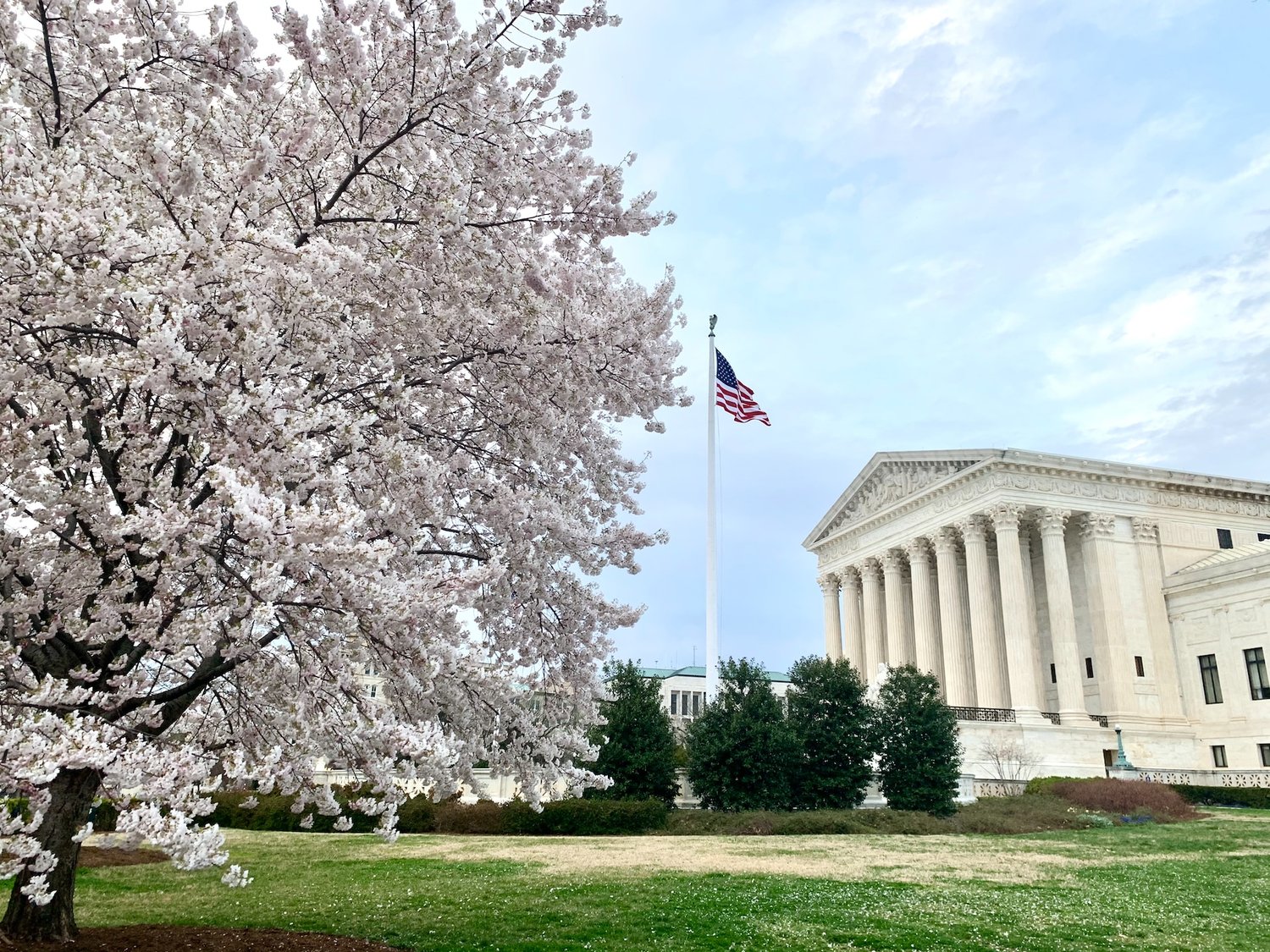The United States operates under a dual system of federalism, where both federal and state courts coexist. In each of the 50 states, the highest judicial authority is the State Supreme Court, known by different names in some states. The State Supreme Court holds jurisdiction over matters of state law, and its decisions are considered final and binding in both state and federal courts.
Typically, the primary function of a state supreme court is to hear appeals on legal issues. While rulings on state law are conclusive, decisions on matters of federal law can be appealed to the Supreme Court of the United States. The composition of a state supreme court's panel of judges is determined by methods outlined in the state constitution. Common methods of judge selection include gubernatorial appointment, non-partisan election, and partisan election, with variations existing among states.
State supreme courts play a crucial role in the state's legal system. They do not engage in fact-finding or trials but focus on hearing appeals, overruling lower court decisions when necessary, remanding cases for further proceedings, and establishing binding precedents for future cases. Some state supreme courts also have original jurisdiction over specific issues, such as habeas corpus cases or matters involving DNA evidence.
The jurisdiction and appellate procedures of state supreme courts vary among states. Most states have multiple levels of courts below the state supreme court, and cases may traverse through these lower courts before reaching the highest level. Some states operate under discretionary review, where intermediate appellate courts handle the majority of appeals, while others follow mandatory review, requiring the state supreme court to hear all appeals from trial courts.
Several states, including Iowa, Nevada, and Oklahoma, have unique appellate procedures. In these states, all appeals are filed directly with the state supreme court, which retains cases of first impression for itself. This allows these courts to promptly establish statewide precedents on important issues.
State supreme courts operate independently of any federal courts within their respective state territories. While they are bound by US Supreme Court precedent on federal law issues, in practice, the US Supreme Court reviews a relatively small number of decisions from state courts.
The selection of state supreme court judges varies widely, with methods such as gubernatorial appointment, non-partisan elections, and legislative appointment. Removal procedures also differ, including impeachment, judicial boards, recall elections, and gubernatorial action.
Traditionally headquartered in the capital cities of their respective states, state supreme courts may occasionally hold oral arguments in other locations. The terminology used for state supreme courts varies, with some directly indicating their appellate function, such as the Court of Appeals in New York and the District of Columbia.
In conclusion, state supreme courts play a vital role in the US legal system, serving as the highest authority on state law matters and contributing to the development of legal precedent. The diverse methods of judge selection, jurisdiction, and terminology reflect the unique characteristics of each state's judicial system within the broader framework of American federalism.

































